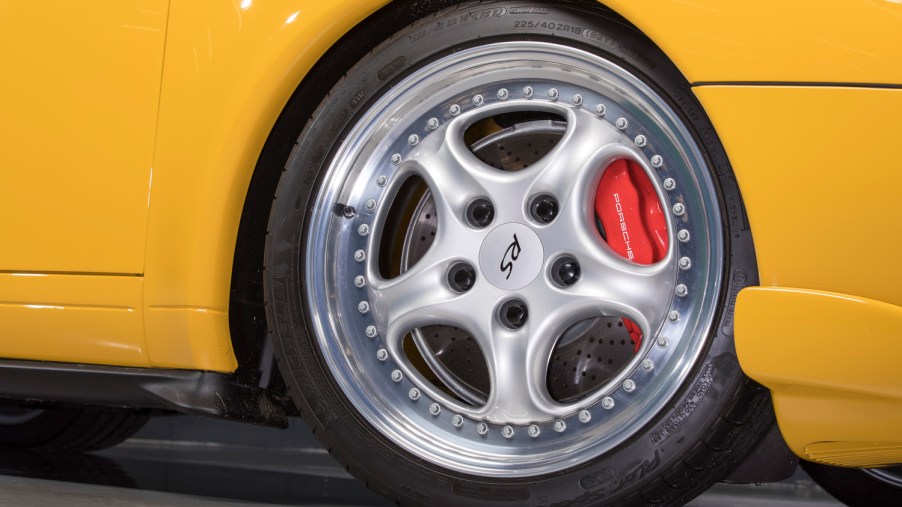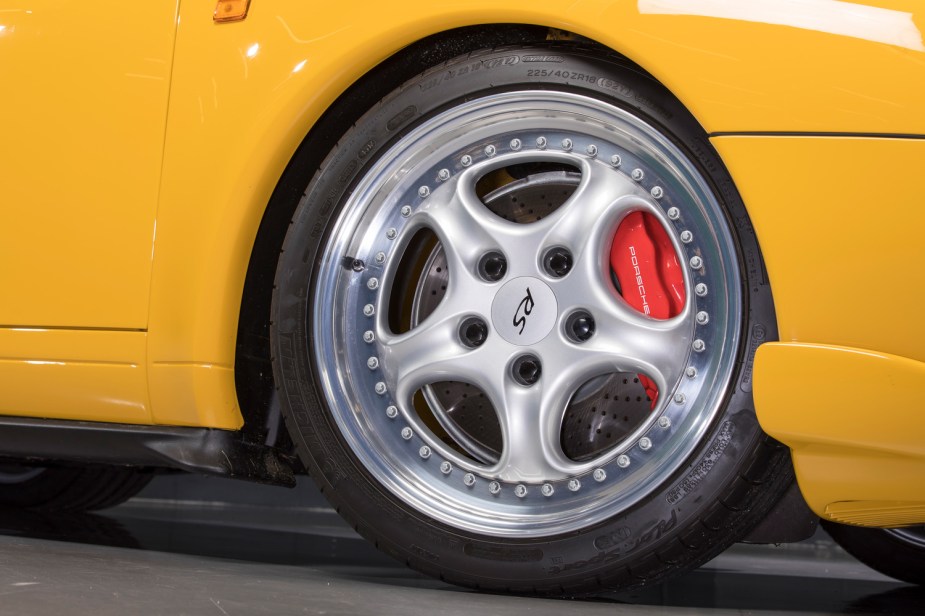
How Often Should You Really Rotate Your Tires?
When it comes to maintenance, tire rotations are one of the easiest ways for you to save money on tire replacement costs over the lifespan of your car. As you drive your car every day, all four of your wheels are faced with different challenges. For most cars, your front wheels deal with most of the punishment on the road. From braking to turning, and in all-wheel drive or front-wheel drive cars, receiving power from the engine, front tires are going to have more wear than the rear tires.
Tire rotations keep that wear even among your four wheels, making sure that you get as much life as you possibly can out of your tires before you have to replace a whole set. But when should you rotate your tires? Is there a set amount of miles, or is it better to go by age? Here is everything you need to know about tire rotations.
When should you rotate your car tires?
According to Consumer Reports, tire rotations should be performed every 5,000 to 8,000 miles. Luckily, nearly every vehicle service department or oil change business has the tools necessary to rotate your tires, so this is a service that can be done quickly while your car is receiving an oil change.
In the past, oil changes were performed every 3,000 miles, making tire rotations something you performed every other oil change. But, with full-synthetic oil lasting longer, tire rotations can be performed at every oil change interval now.
What happens during a tire rotation?
According to Firestone, during a tire rotation, your wheels are removed from the car and swapped around to a different axle. This keeps your tire wear even, but it also keeps your tires in good health because they get an in-depth inspection. The only time a tire can be inspected is when it is off of the car. Hidden damage, damage from road hazards like nails and other debris, and other factors can be observed when a tire is off of a car; these issues can be quickly addressed instead of risking a blowout.
While it may seem like a car’s wheels just have to be swapped around to complete a tire rotation, it is not that simple. Depending on your car’s drivetrain setup, there is a specific pattern that has to be followed to ensure that your car is getting a proper tire rotation. For front-wheel drive cars, tire rotations are simple, and just involve the front wheels going straight to the rear axle, while the rear wheels swap the driver and passenger sides and go to the back axle. All-wheel drive and rear-wheel drive cars are simply the reverse rotation pattern of a front-wheel drive car.
Tire rotations should not be ignored

While it is easy to put off a tire rotation, they will save you a ton of money in the long run and give your tires up to twice their regular lifespan, so make sure you always opt for a quick tire rotation the next time you take your vehicle in for its regular service!



